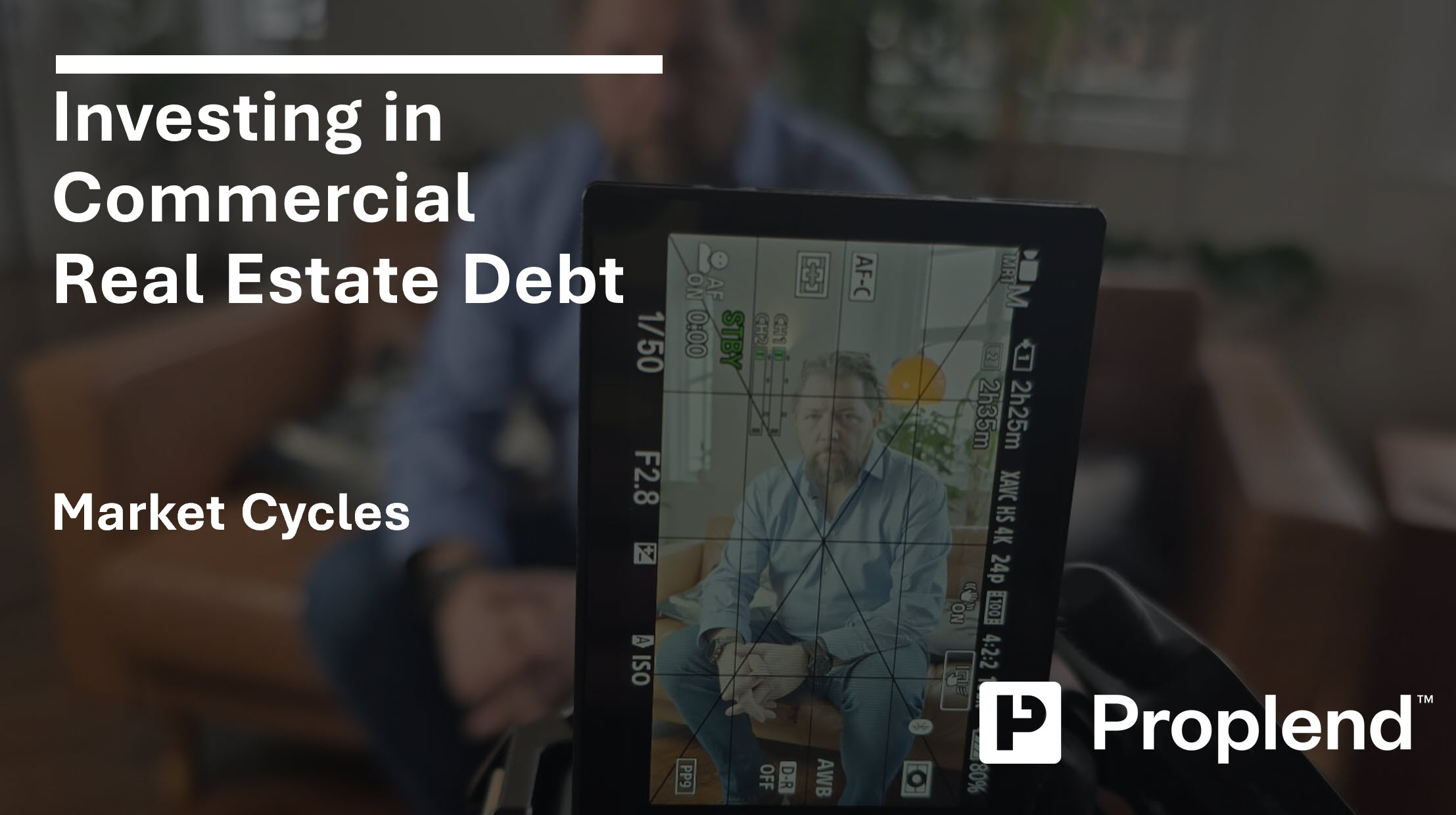
For high net worth and sophisticated investors in the UK, understanding market cycles is crucial when navigating the complex landscape of commercial real estate debt investments. These cycles can significantly influence the performance of your portfolio, presenting both challenges and opportunities. Let’s delve into the intricacies of market cycles and their impact on commercial real estate debt.
Understanding Market Cycles
Commercial real estate markets typically follow a four-phase cycle: recovery, expansion, hyper-supply, and recession. Each phase presents unique characteristics that can affect the performance of debt investments:
- Recovery: Characterised by increasing occupancy rates and modest rental growth. Debt investments made during this phase can offer attractive risk-adjusted returns.
- Expansion: Marked by declining vacancy rates and rising rents. Debt investments may become more competitive, potentially leading to compressed yields.
- Hyper-supply: Oversupply of space leads to rising vacancy rates. Caution is advised for new debt investments during this phase.
- Recession: Characterised by declining rents and high vacancy rates. While risky, this phase can present opportunities for well-capitalised investors.
Impact on Debt Performance
Market cycles can significantly influence the performance of commercial real estate debt investments in several ways:
- Default Risk: During downturns, the risk of borrower defaults increases, potentially affecting loan performance.
- Valuation Fluctuations: Property values can change dramatically across cycles, impacting loan-to-value ratios.
- Interest Rate Sensitivity: Changing interest rates throughout cycles can affect the relative attractiveness of debt investments.
- Refinancing Risk: Market conditions at loan maturity can significantly impact refinancing options.
Strategies for Navigating Market Cycles
For UK-based high net worth and sophisticated investors, consider these strategies:
- Diversification: Spread investments across different property types and geographic locations to mitigate cycle-specific risks.
- Conservative Underwriting: Maintain strict underwriting standards regardless of market phase.
- Flexible Loan Structures: Consider loans with built-in flexibility to adapt to changing market conditions.
- Counter-cyclical Investing: Look for opportunities in distressed assets during downturns.
Understanding market cycles is essential for success in commercial real estate debt investing. By recognising the current phase of the cycle and anticipating future shifts, investors can make informed decisions to optimise their portfolio performance.
Remember, while cycles provide a framework for analysis, each property and loan is unique. Thorough due diligence and a deep understanding of local market dynamics remain crucial. As always, it’s advisable to consult with financial professionals to tailor strategies to your specific investment goals and risk tolerance.
Stay tuned for our next post in this series, where we’ll explore the diversification benefits of adding commercial real estate debt to your investment portfolio.